How the Metaverse Could Reshape International Business Negotiations
nternational trade has always been about connections—bridging distances, cultures, and markets. Traditionally, this meant long flights, in-person meetings, and trade shows. But as technology evolves, a new player is entering the game: the metaverse. While it might sound futuristic, businesses are already experimenting with virtual environments for negotiations, networking, and deal-making. Could this be the future of China-Canada trade? Let’s break it down.
What is the Metaverse, and Why Should Businesses Care?
The metaverse is essentially a virtual world where people can interact through digital avatars, conduct business, and simulate real-world experiences. Think of it as a 3D internet where you can attend meetings, inspect products, or even shake hands—virtually. Major companies like Meta, Microsoft, and Tencent are investing billions into these virtual spaces, signaling that this isn’t just a passing trend.
For businesses involved in international trade, the metaverse offers some compelling benefits:
Reduced Travel Costs: No need for expensive flights or visas.
Faster Negotiations: Meet instantly instead of waiting weeks for schedules to align.
Enhanced Product Showcases: View 3D models of goods in a virtual showroom.
Improved Communication: Avatars and spatial audio make meetings feel more personal than emails or video calls.
Sustainable Business Practices: Fewer flights and physical events mean a lower carbon footprint.
How the Metaverse is Already Changing Business Meetings
Several industries have begun experimenting with metaverse meetings and negotiations. For example:
Manufacturing & Trade: Companies are using virtual showrooms to display machinery, furniture, and products to international buyers without shipping samples.
Real Estate: Developers are selling properties through immersive 3D walkthroughs.
Fashion & Retail: Brands are creating digital twins of their stores, allowing buyers to browse as if they were there in person.
Education & Training: Businesses are holding virtual training sessions for employees worldwide.
For China-Canada trade, this could mean fewer physical trade shows and more virtual expos where businesses can negotiate deals without leaving their offices.
Step-by-Step Guide to Hosting a Metaverse Business Meeting
1. Choose the Right Platform
Not all metaverse spaces are created equal. Popular options include:
Horizon Workrooms (by Meta): Good for meetings and team collaboration.
Spatial: Great for product showcases and networking.
Decentraland & The Sandbox: More experimental but could be useful for brand engagement.
Virbela: Designed specifically for business conferences and trade shows.
2. Invest in a Quality VR Setup (Optional, but Recommended)
While you can access many metaverse platforms via a computer, a VR headset (like the Meta Quest or HTC Vive) enhances the experience, making interactions feel more natural and immersive.
3. Create a Professional Avatar
Your digital appearance matters. Choose an avatar that looks professional but also represents your brand. Some platforms allow custom branding for avatars and virtual meeting spaces.
4. Leverage 3D Product Demonstrations
If you’re in the import/export business, invest in creating high-quality 3D models of your products. This allows potential buyers to inspect goods as if they were handling them in real life.
5. Prepare for Cultural Differences
Just like in traditional negotiations, cultural awareness is key. Be mindful of how different cultures approach virtual communication—some may prefer formal settings, while others enjoy more casual interactions.
6. Use AI-Powered Translation Tools
If language is a barrier, many platforms integrate real-time translation tools, ensuring smoother communication between Chinese and Canadian businesses.



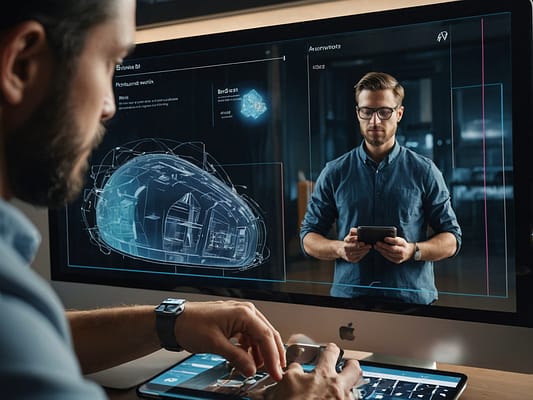

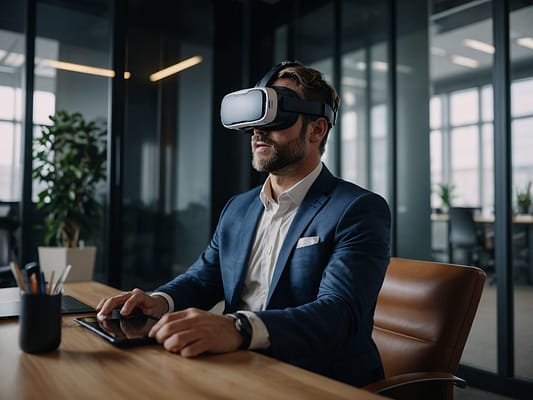
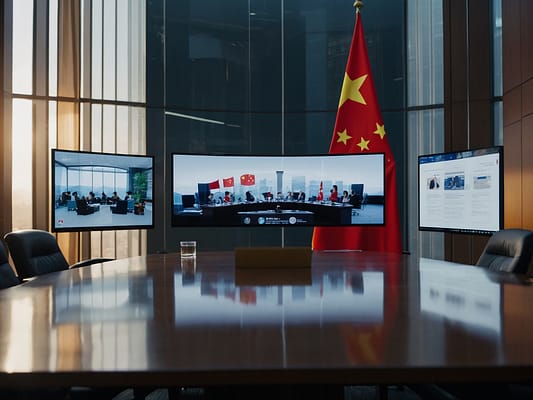




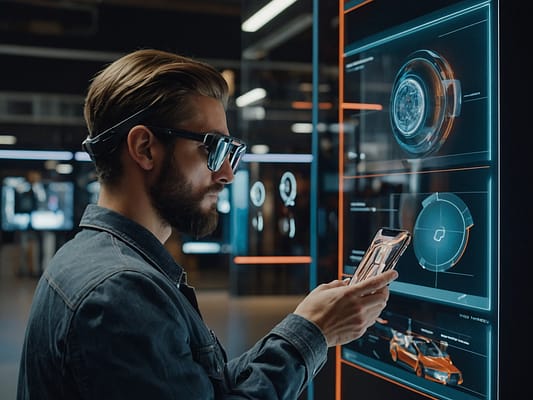
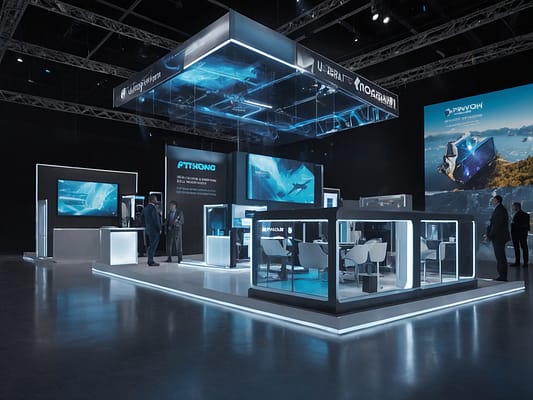
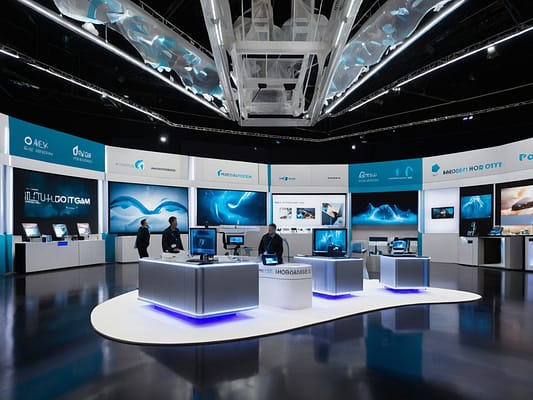
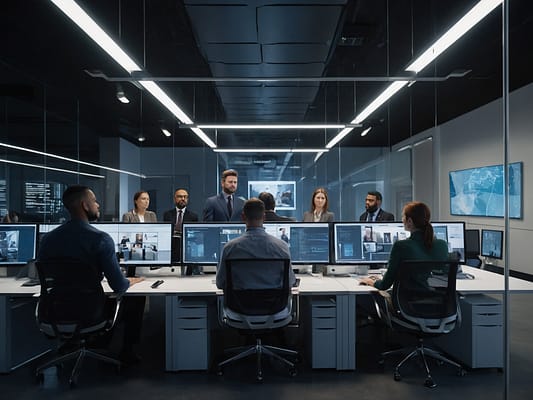
Common Mistakes to Avoid
Overcomplicating the Tech Setup: Start simple and scale up as needed.
Ignoring Cybersecurity: Ensure all meetings and transactions are secured with encryption.
Forgetting Etiquette: Just because it’s virtual doesn’t mean professionalism isn’t important.
Not Testing Technology in Advance: Always do a trial run before an important meeting.
Future Predictions and Trends
AI-Driven Avatars: Automated AI assistants that can represent businesses in meetings.
Blockchain-Powered Contracts: Smart contracts could automate trade agreements.
Virtual Trade Fairs: Entire trade shows could take place in the metaverse, saving time and resources.
Hyper-Realistic Virtual Offices: Companies may have permanent digital headquarters for international teams.
Real-World Case Studies
1. Siemens’ Virtual Showrooms
Siemens has developed virtual showrooms where buyers can explore industrial equipment, reducing the need for costly travel and physical product demonstrations.
2. Hyundai’s Metaverse Customer Experience
Hyundai uses a metaverse platform to showcase vehicle designs and features before production, allowing international buyers to provide feedback instantly.
3. Chinese Trade Expos in the Metaverse
China has hosted several virtual trade expos where businesses can network and negotiate deals in real time, proving that metaverse-based trade is gaining traction.
How TradeLink Solution Can Help Businesses Adapt
TradeLink Solution specializes in bridging the gap between China and Canada, and as technology evolves, we are committed to helping businesses integrate the metaverse into their trade strategies. Our services include:
Virtual Trade Consulting: Helping businesses understand and navigate metaverse platforms.
3D Product Modeling: Assisting with the creation of digital twins for international buyers.
Cybersecurity Solutions: Ensuring safe and encrypted negotiations.
Cultural Training for Virtual Meetings: Helping businesses adapt to digital etiquette across different markets.
Final Thoughts: Is the Metaverse the Future of Trade?
The metaverse won’t replace in-person meetings overnight, but it’s opening new doors for international business. As China-Canada trade continues to evolve, companies that adapt early will have an advantage—reducing costs, speeding up negotiations, and building global connections in ways that weren’t possible before.
For businesses looking to stay competitive, experimenting with metaverse technology now could be a game-changer. Whether through virtual showrooms, immersive meetings, or AI-driven translations, the future of trade might just be a digital handshake away.
Are you ready to explore the metaverse for your business? Let TradeLink Solution help you navigate the future of China-Canada trade.



